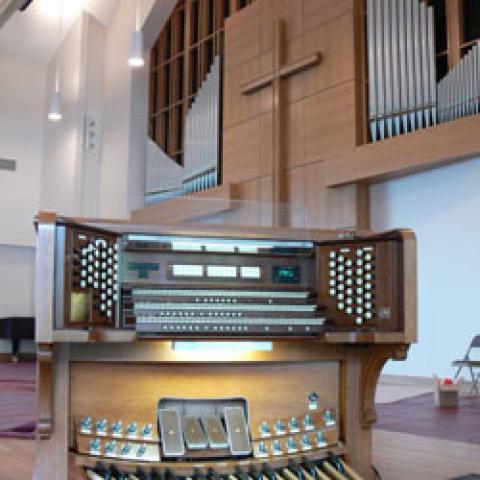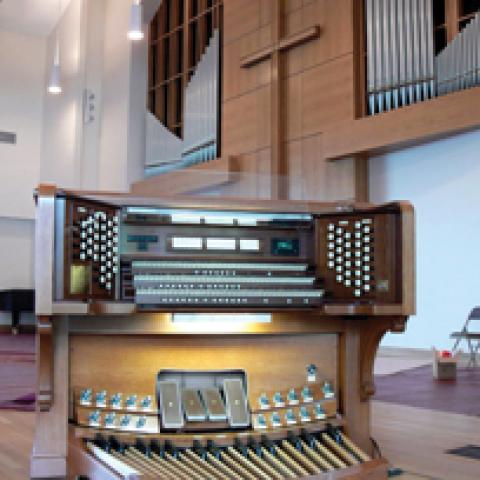
THE DIAPASON
Campbellsville University, Campbellsville, Kentucky, presents its fourth annual organ recital series, featuring the Farrand & Votey pipe organ in Ransdell Chapel. [See the article, “Farrand & Votey Organ Installed in Ransdell Chapel,” by Wesley Roberts, THE DIAPASON, September 2009.]
August 30, Maria LeRose;
September 6, Nevalyn Moore;
October 4, Rodney Barbour; and
November 8, Robert Bozeman.
For information: Dr. Wesley Roberts, 270/789-5287;
mwroberts@campbellsville.edu;
www.campbellsville.edu.






